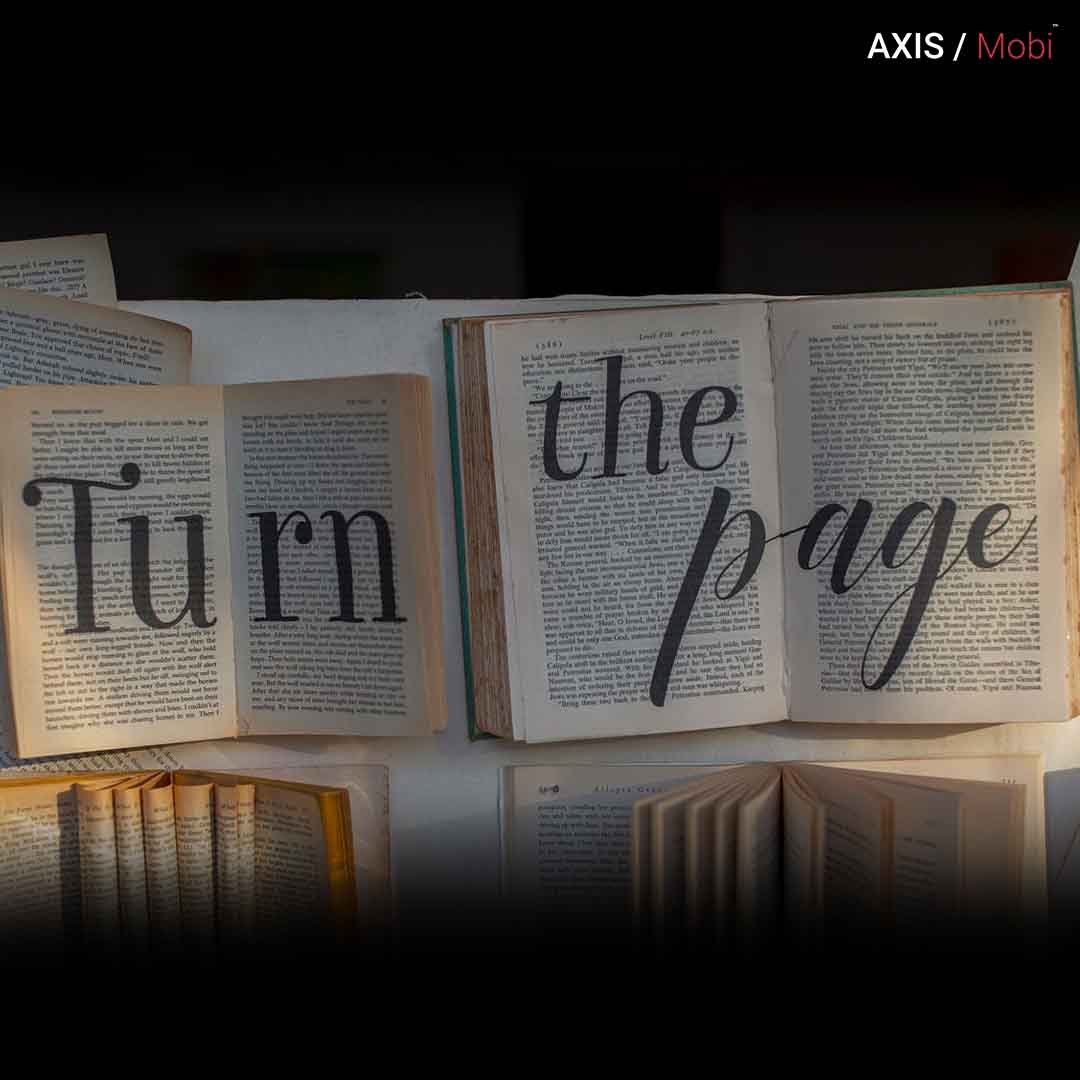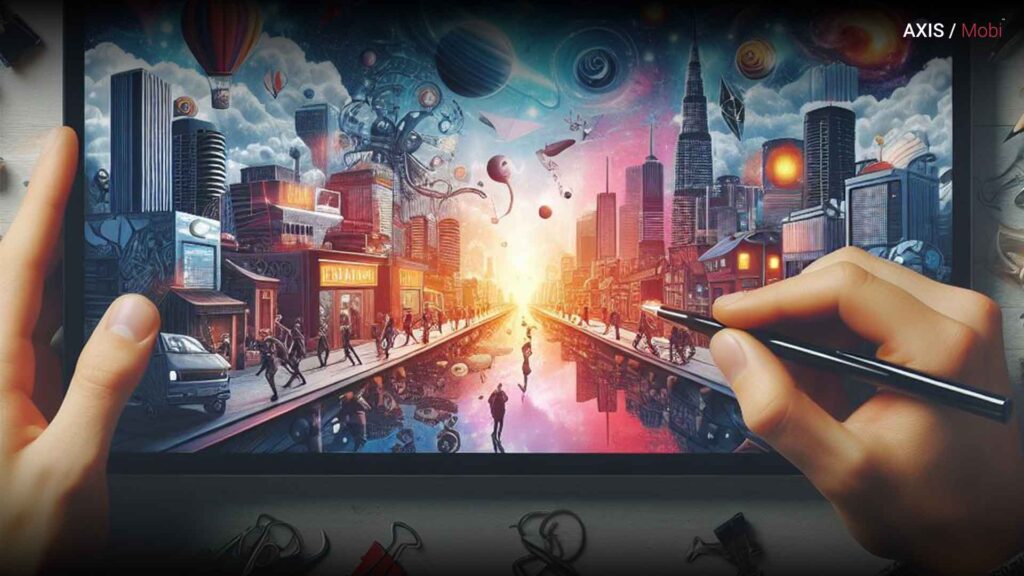In dynamic marketing, storytelling has evolved from a compelling option to an imperative strategy. As we stand on the cusp of a new era, the future of storytelling in marketing promises a landscape defined by innovation, personalization, and an unyielding connection with audiences.
This blog post delves into the unfolding narrative of marketing’s future, exploring key trends reshaping the storytelling landscape.
1. Immersive Technologies Redefining Engagement:

The future of storytelling is undeniably intertwined with immersive technologies like augmented reality (AR) and virtual reality (VR). These technologies, once relegated to the realm of science fiction, are now forging new narratives for brands.
Imagine a consumer exploring a product’s origin through an AR experience or immersing themselves in a brand’s ethos through a VR journey. As these technologies become more accessible, marketers are presented with unparalleled opportunities to captivate audiences in ways previously unimaginable.
2. Interactive Storytelling: A Dialogue, Not a Monologue:

The future of storytelling shifts from a one-way street to an interactive dialogue. Consumers are no longer passive recipients of information; they desire active engagement. Marketers increasingly incorporate interactive elements into their narratives – from polls and quizzes to choose-your-own-adventure formats.
By involving the audience in storytelling, brands create a more dynamic and participatory experience, fostering a deeper connection.
3. Personalization: Crafting Stories for Individuals, Not Audiences:

As data becomes the cornerstone of marketing strategies, personalization takes centre stage in storytelling. The future narrative speaks directly to individuals, not demographics. With artificial intelligence (AI) and machine learning, marketers can analyze vast datasets to understand consumer behaviour and preferences.
This wealth of information allows for creating hyper-personalized stories that resonate on a profoundly individual level, strengthening the bond between brand and consumer.
4. User-Generated Content as Authentic Narratives:

User-generated content (UGC) continues to be a driving force in storytelling. Authenticity is paramount, and consumers trust the experiences of their peers. Brands increasingly encourage customers to share their stories through reviews, testimonials, and social media content.
UGC adds an authentic layer to the brand narrative and transforms customers into advocates, amplifying the impact of storytelling.
5. Cross-Channel Consistency: A Unified Storytelling Experience:

The future narrative extends seamlessly across diverse channels. The brand story should be cohesive on social media, websites, email campaigns, or in-store experiences.
Crafting a unified narrative that adapts to the nuances of each platform while maintaining a consistent brand voice ensures that consumers receive a compelling and coherent story, fostering brand recognition and loyalty.
6. Purpose-Driven Storytelling: Beyond Products to Values:
Consumers are increasingly drawn to brands with a purpose. The future of storytelling involves aligning narratives with social and environmental causes. Brands that authentically communicate their values and commitment to positively impacting the world resonate more deeply with consumers.
Purpose-driven storytelling transcends product-centric narratives, creating a brand identity that stands for something meaningful.
7. Voice Search and Conversational Storytelling:
With the rise of voice-activated devices, voice search is a growing mode of interaction. The future narrative adapts to conversational search queries. Crafting stories that answer natural language questions and provide concise, relevant information is essential for maintaining visibility in voice search results.
Conversational storytelling caters to emerging search trends and enhances user engagement in an era of hands-free interactions.
8. Emotional Intelligence in Storytelling: The Power of Connection:
In the future, storytelling goes beyond conveying information; it seeks to establish emotional connections. Brands must tap into emotional intelligence, evoking feelings of joy, empathy, or nostalgia. Emotional storytelling creates memorable impressions and fosters a sense of loyalty.
Understanding and leveraging emotional resonance in narratives is critical to future-proof storytelling strategies.
In conclusion, the future of storytelling in marketing is a narrative of evolution, innovation, and resonance. As technological advancements continue to unfold and consumer expectations shift, brands must embrace these trends to stay ahead.
The art of storytelling remains a powerful force, and its future promises to be a dynamic journey where brands and audiences co-create narratives that resonate in the ever-changing digital landscape.




